AW Insect Book: Butterflies, Nymphalidae, Limenitidinae
Posted: Fri Oct 17, 2014 8:27 pm
Guineafowl Butterfly, Road Inspector Hamanumida daedalus (Tarentaaltjie)
Family: Nymphalidae. Subfamily: Limenitidinae. Tribe: Adolidaini.
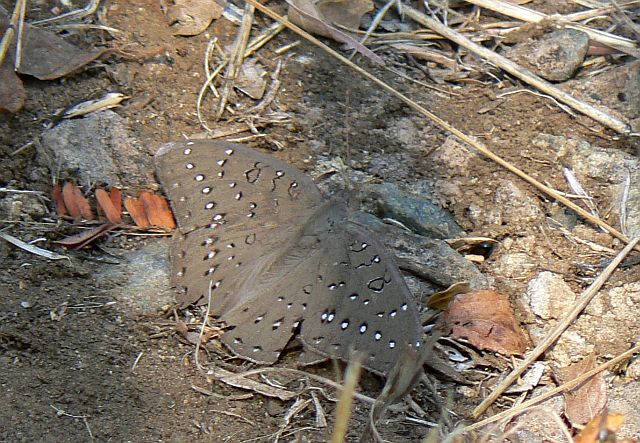
Ithala GR, KwaZulu-Natal
Description
The genus Hamanumida comprises of a single species - daedalus, which is popularly known as the Guineafowl due to it's colour and pattern which resembles that of the guineafowl bird.
Large: Wingspan: ♂ 55–65 mm ♀ 60–78 mm
Unmistakable. Grey with black-ringed white spots. Underside of wings orange with well marked white spots.
Well-worn specimens may appear dull.
Sexes similar.
Distribution
Hamanumida daedalus is widespread across Africa including Madagascar. It also occurs in the Arab states.
Habitat
Common and widespread in savanna, arid savanna and lowland forest. It is found at altitudes between sea level and about 800 m. It is associated mainly with dry, rocky grassland where there are scattered bushes and trees, but also rapidly colonises abandoned agricultural land.
Biology
The butterflies are normally seen singly or in two's and three's. Males will mud-puddle at the edges of fords and small streams, but both sexes are more commonly seen aggregating at the top of hills where courtship and copulation take place. They fly very low over the ground, and frequently settle to bask on bare ground or on rocks or boulders, frequently settling with its wings open. At all times they remain very alert, taking flight at the slightest disturbance.
Flight period: Continuously brooded; peaks in midwinter and midsummer.
Larvae feed on Velvet Bushwillow Combretum molle and Silver Cluster-leaf Terminalia sericea.
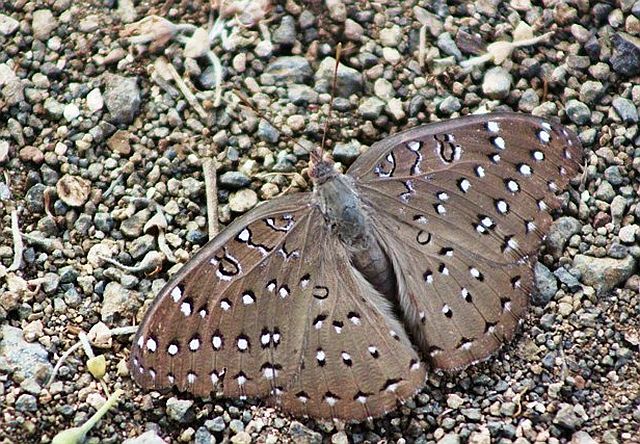 © Heksie
© Heksie
Kruger National Park
Links: Mike Picker, Charles Griffiths, Alan Weaving: Field Guide to Insects of South Africa
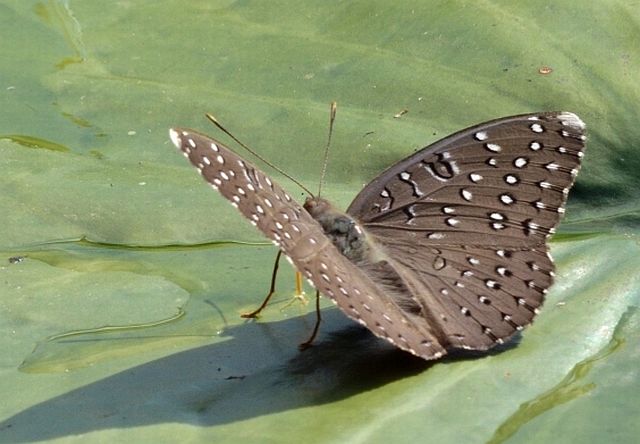 © BluTuna
© BluTuna
Kruger National Park
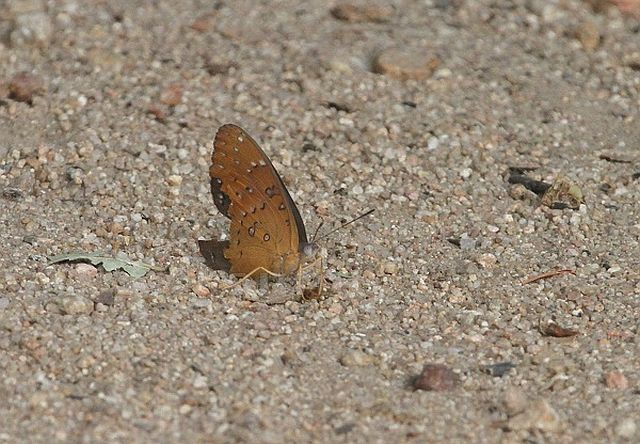 © nan
© nan
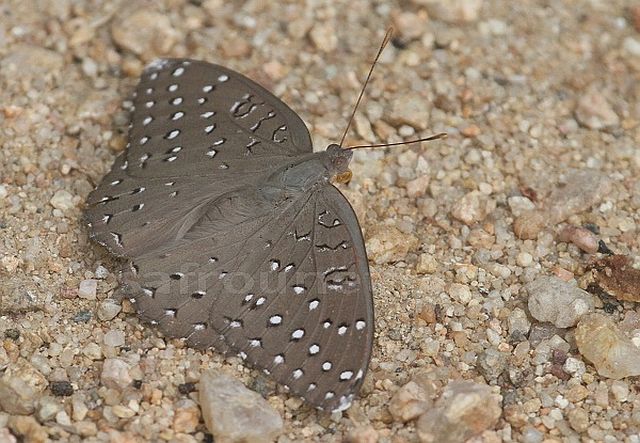 © nan
© nan
Kgalagadi Transfrontier Park
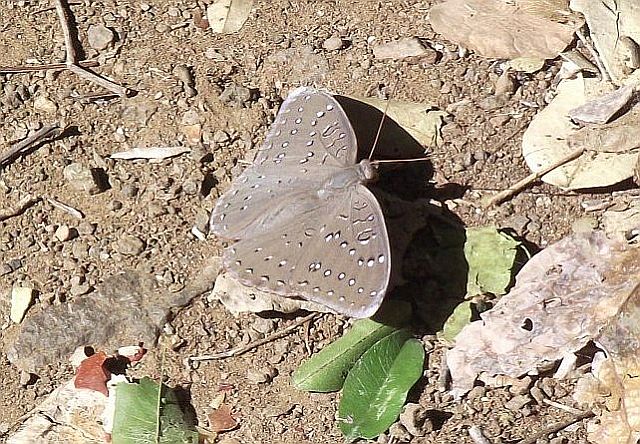 © mposthumus
© mposthumus
Kruger National Park, Parfuri
Family: Nymphalidae. Subfamily: Limenitidinae. Tribe: Adolidaini.

Ithala GR, KwaZulu-Natal
Description
The genus Hamanumida comprises of a single species - daedalus, which is popularly known as the Guineafowl due to it's colour and pattern which resembles that of the guineafowl bird.
Large: Wingspan: ♂ 55–65 mm ♀ 60–78 mm
Unmistakable. Grey with black-ringed white spots. Underside of wings orange with well marked white spots.
Well-worn specimens may appear dull.
Sexes similar.
Distribution
Hamanumida daedalus is widespread across Africa including Madagascar. It also occurs in the Arab states.
Habitat
Common and widespread in savanna, arid savanna and lowland forest. It is found at altitudes between sea level and about 800 m. It is associated mainly with dry, rocky grassland where there are scattered bushes and trees, but also rapidly colonises abandoned agricultural land.
Biology
The butterflies are normally seen singly or in two's and three's. Males will mud-puddle at the edges of fords and small streams, but both sexes are more commonly seen aggregating at the top of hills where courtship and copulation take place. They fly very low over the ground, and frequently settle to bask on bare ground or on rocks or boulders, frequently settling with its wings open. At all times they remain very alert, taking flight at the slightest disturbance.
Flight period: Continuously brooded; peaks in midwinter and midsummer.
Larvae feed on Velvet Bushwillow Combretum molle and Silver Cluster-leaf Terminalia sericea.
 © Heksie
© HeksieKruger National Park
Links: Mike Picker, Charles Griffiths, Alan Weaving: Field Guide to Insects of South Africa
 © BluTuna
© BluTunaKruger National Park
 © nan
© nan © nan
© nanKgalagadi Transfrontier Park
 © mposthumus
© mposthumusKruger National Park, Parfuri
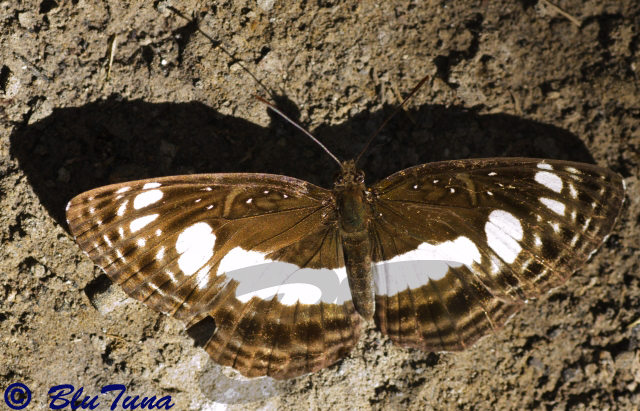 © BluTuna
© BluTuna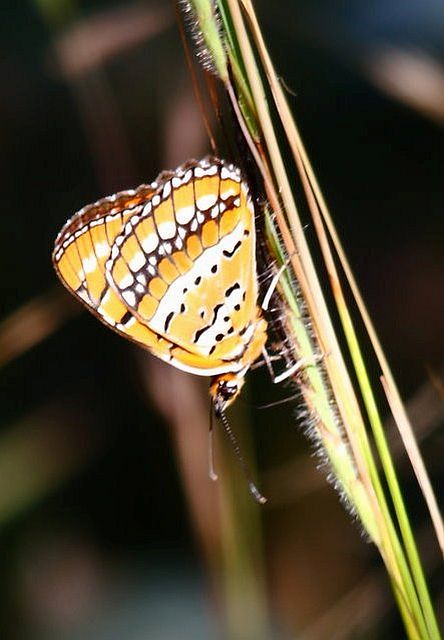 © Flutterby
© Flutterby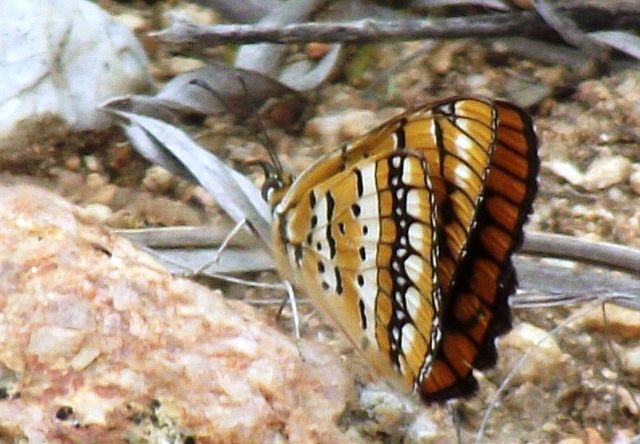 © mposthumus
© mposthumus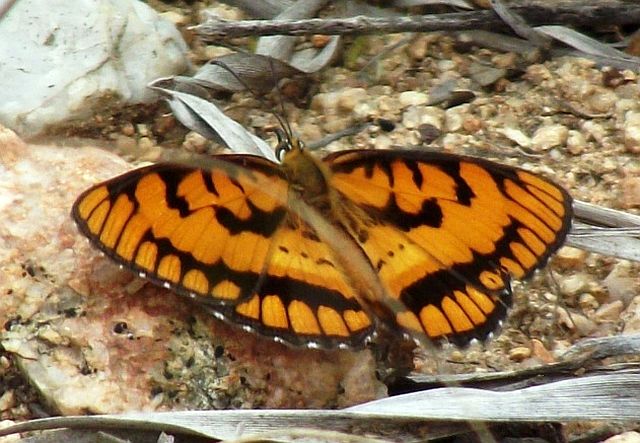 © mposthumus
© mposthumus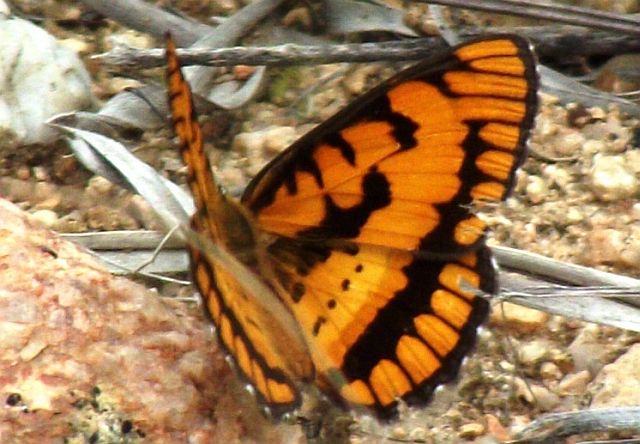 © mposthumus
© mposthumus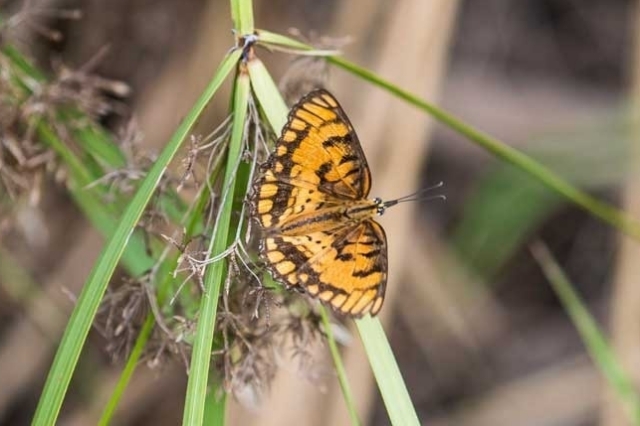 © Pumbaa & Timon
© Pumbaa & Timon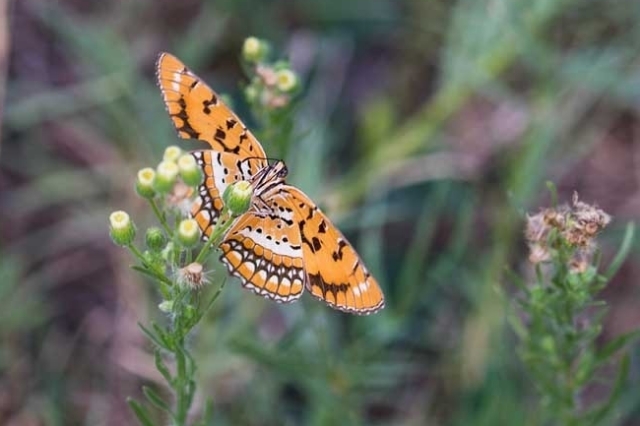 © Pumbaa & Timon
© Pumbaa & Timon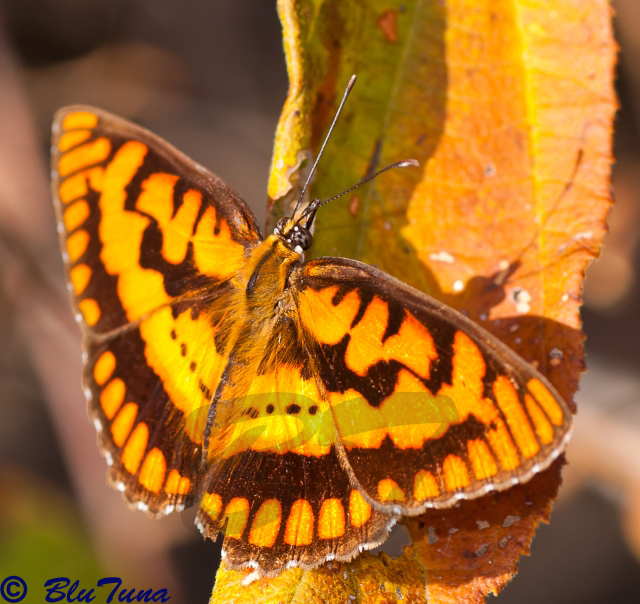 © BluTuna
© BluTuna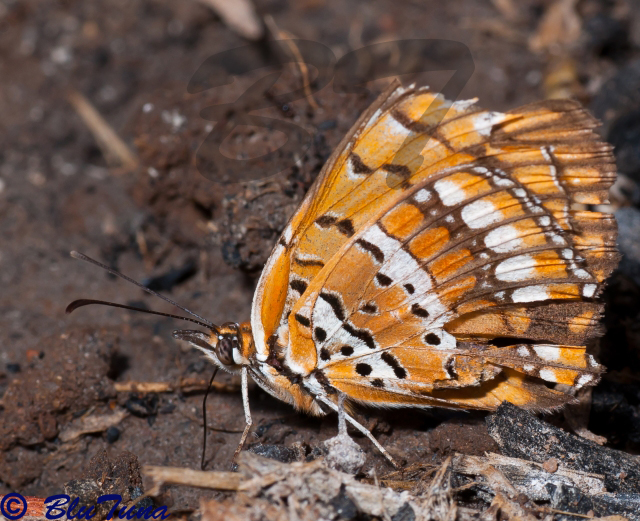 © BluTuna
© BluTuna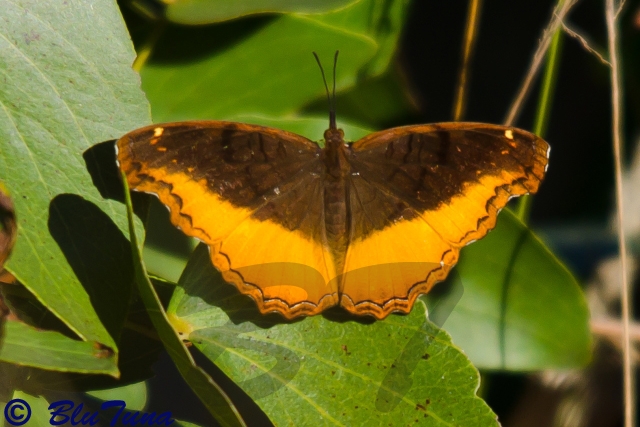 © BluTuna
© BluTuna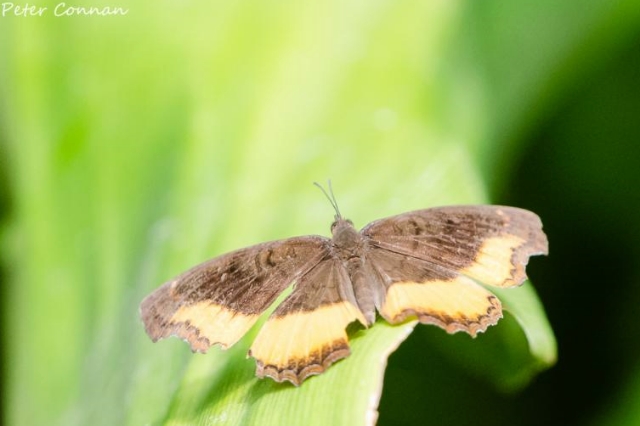 © Peter Connan
© Peter Connan © nan
© nan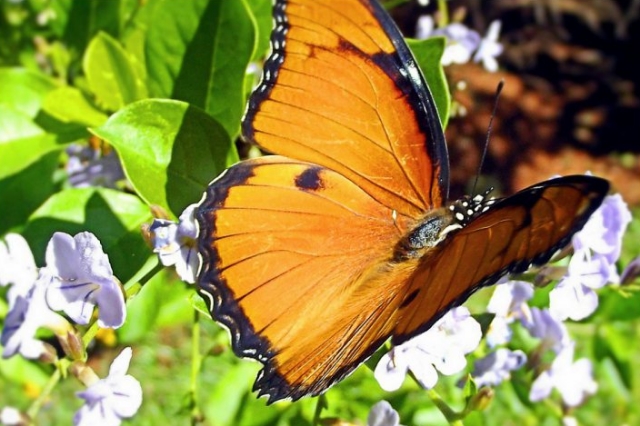 © Sonel
© Sonel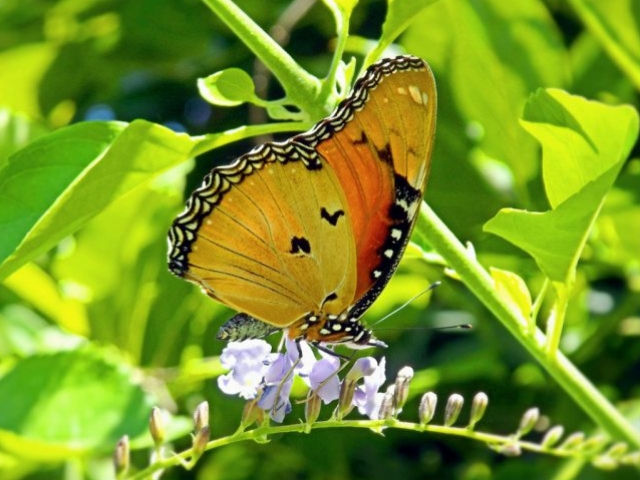 © Sonel
© Sonel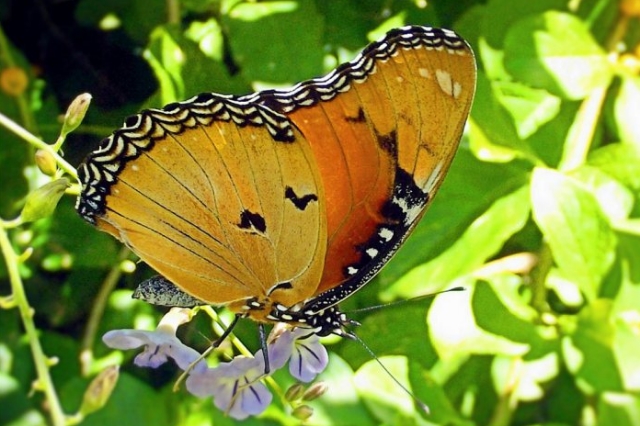 © Sonel
© Sonel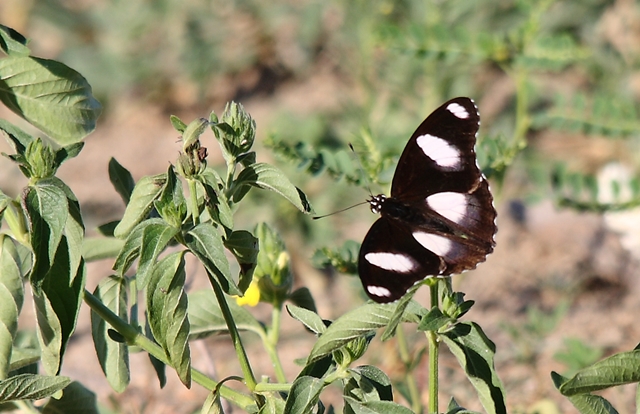 © Flutterby
© Flutterby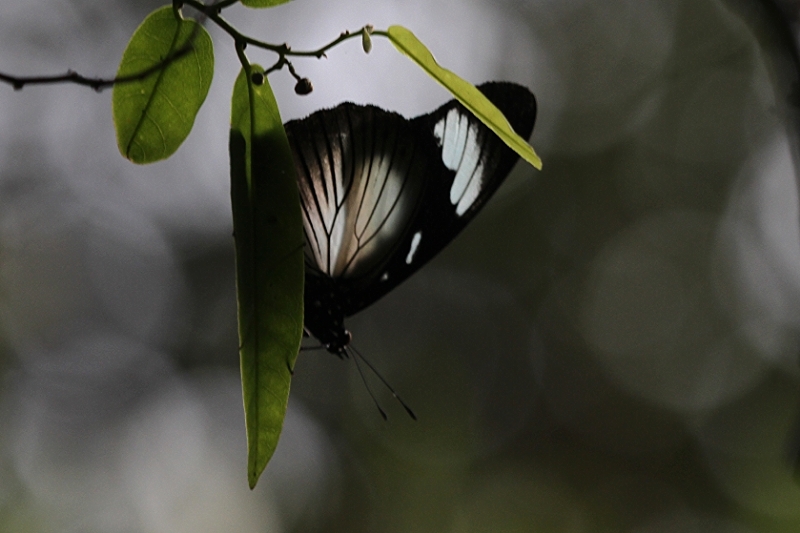 © Tina
© Tina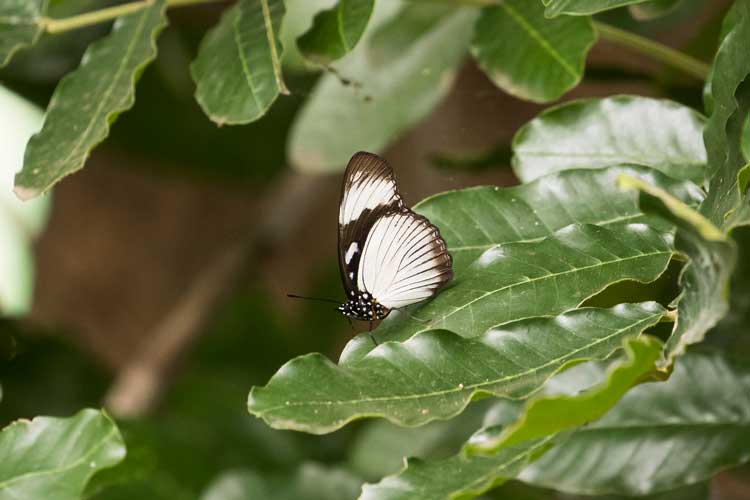 © Pumbaa
© Pumbaa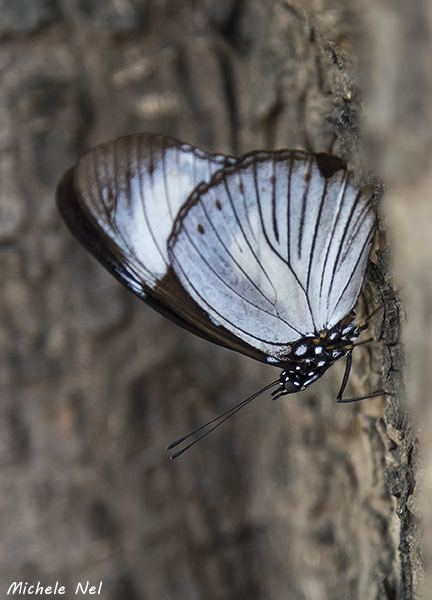 © Michele Nel
© Michele Nel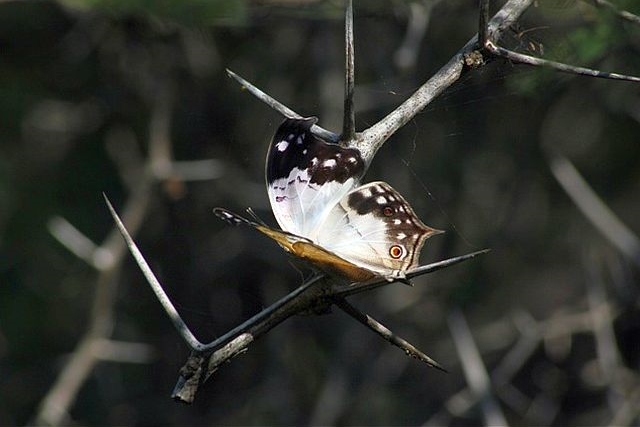 © Amoli
© Amoli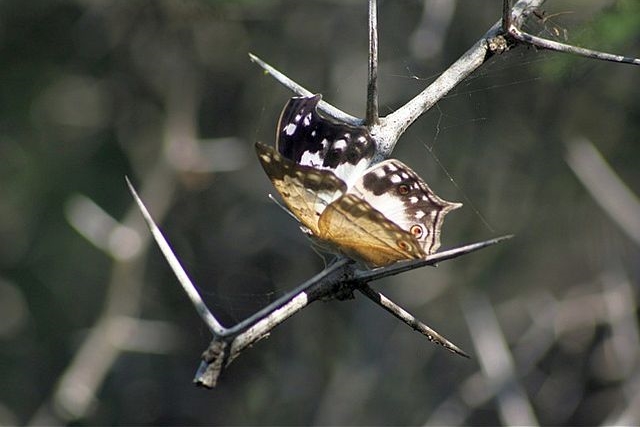 © Amoli
© Amoli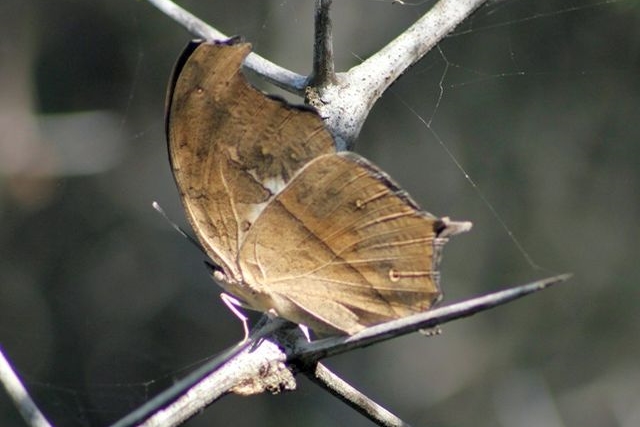 © Amoli
© Amoli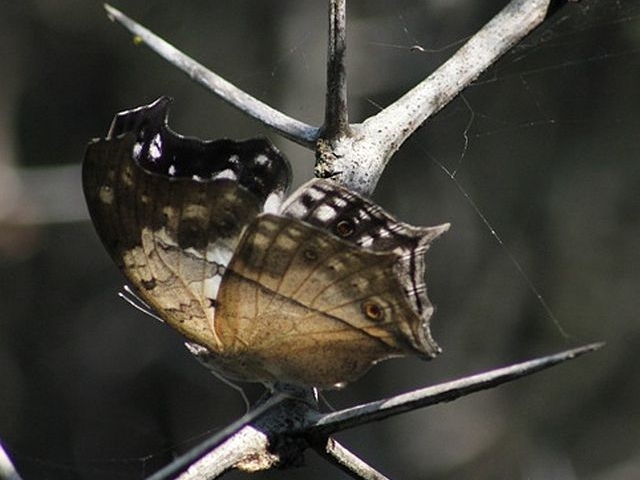 © Amoli
© Amoli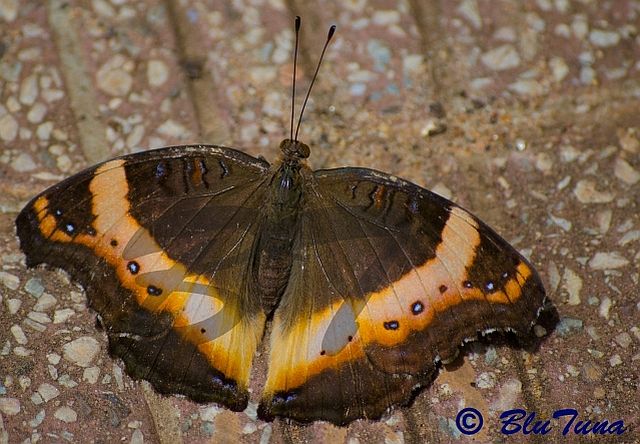
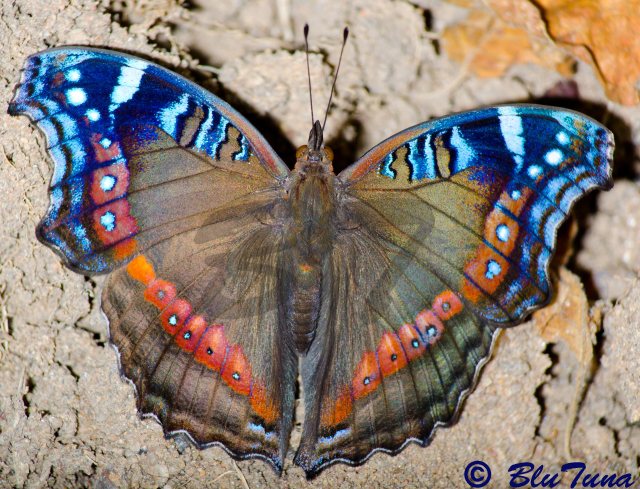 © BluTuna
© BluTuna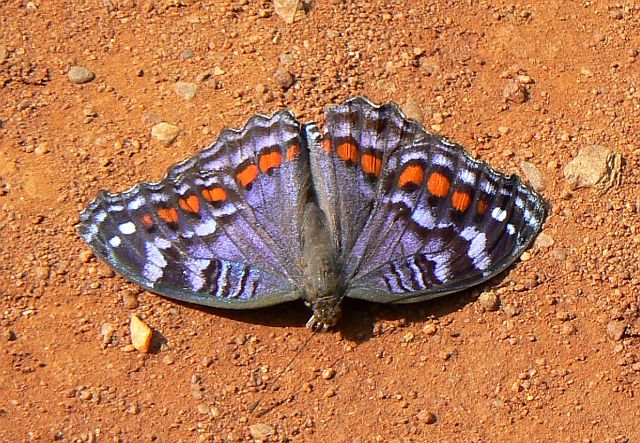
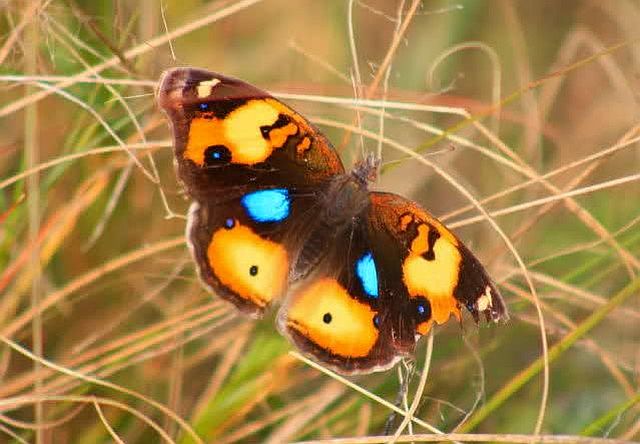
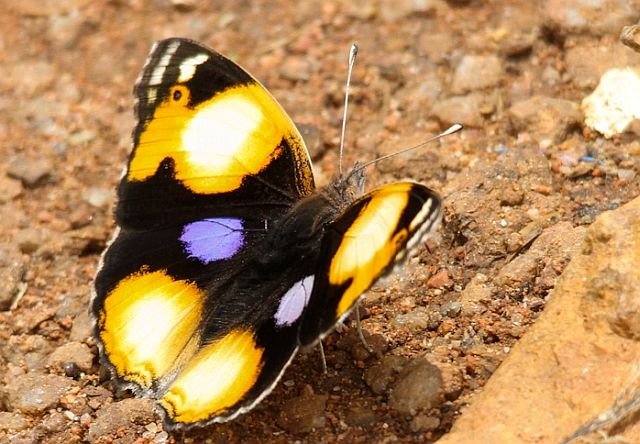 © Super Mongoose
© Super Mongoose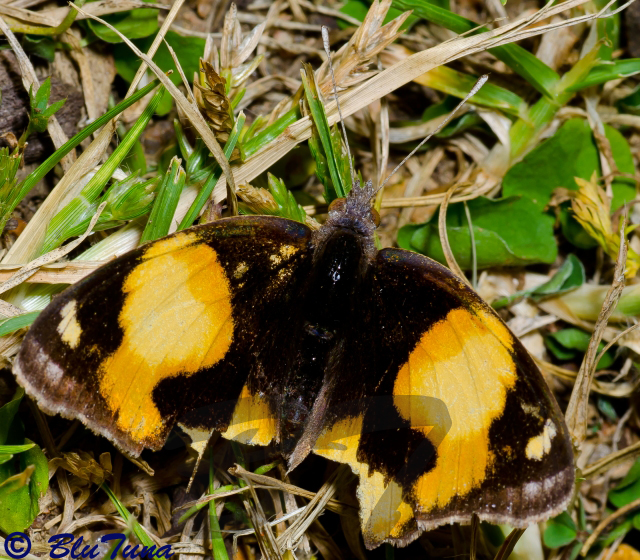 © BluTuna
© BluTuna